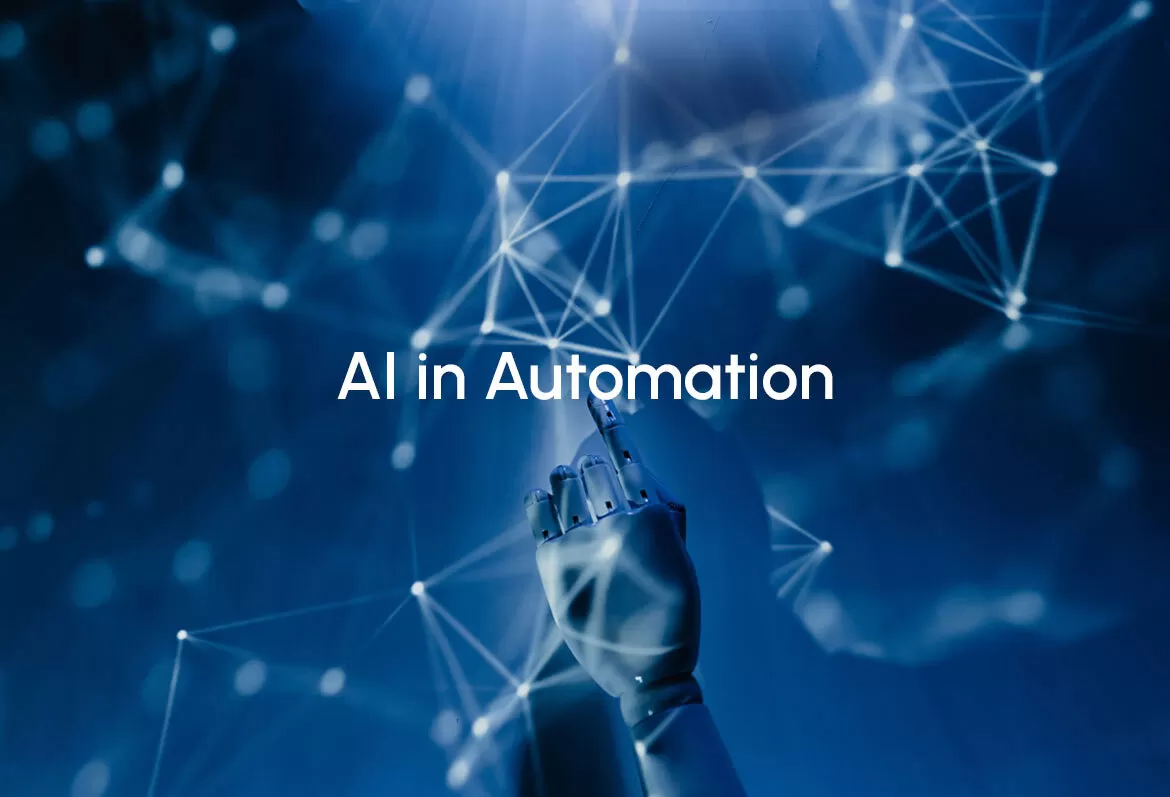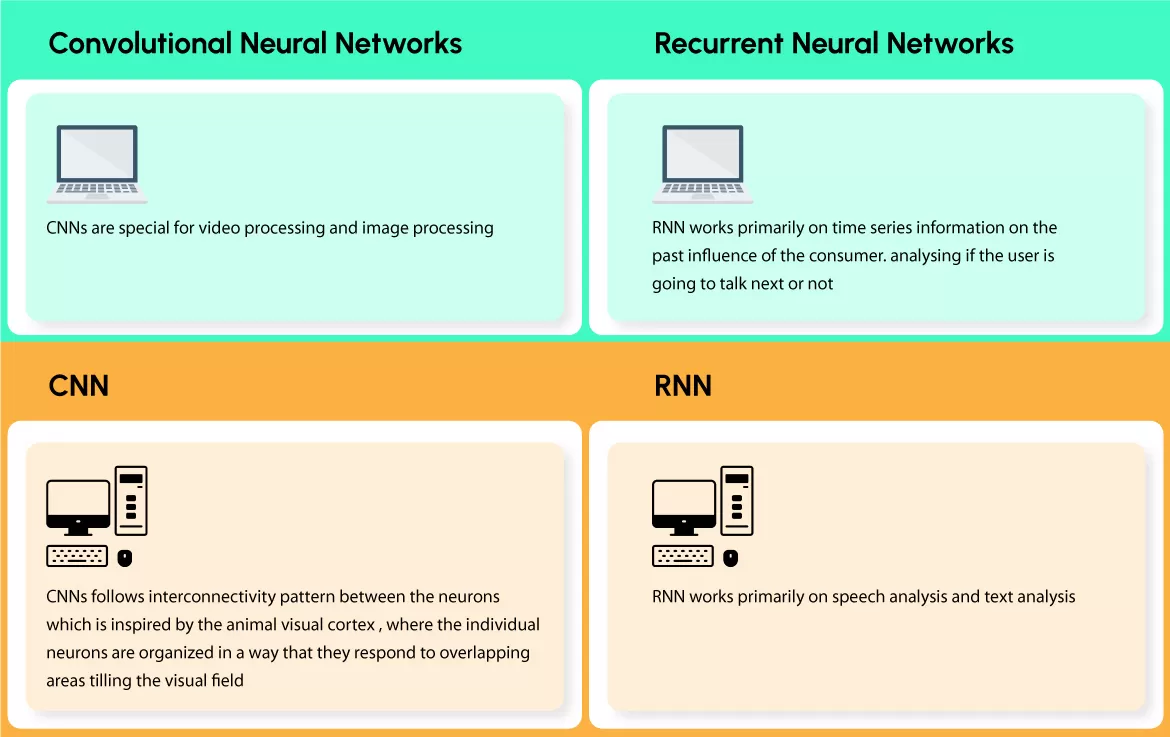
Artificial Intelligence (AI) refers to the simulation of human intelligence in machines to perform tasks that typically require human intelligence, such as learning, reasoning, problem-solving, and decision-making. AI systems can analyze vast amounts of data, identify patterns and correlations, and make predictions or take actions based on the analysis.
Till a while back AI seemed the stuff that movies like Matrix or Ex Machina were made of – simply sci-fi. However, we are seeing how uncannily human many of our interactions with AI have become. It is all to do with the advancements in AI technology that has speeded up in the last few years
Harnessing Advancements in AI Technology for Better Business Process Automation
The latest advances in AI technology have significantly improved the ability to automate business processes by leveraging techniques like Machine Learning (ML), Deep Learning (DL), Natural Language Processing (NLP) comput. These advancements offer greater accuracy, efficiency, scalability, and interpretability compared to a few years back, opening up new possibilities for automation in various industries.
Natural Language Processing (NLP) and Machine Learning (ML)
NLP enables machines to understand and interpret human language. It can be used for automated text analysis, sentiment analysis, language translation, and chatbot interactions.
Businesses can automate processes like customer support, document analysis, and information retrieval by using NLP algorithms to extract meaning and insights from textual data.
ML algorithms enable machines to learn from data without explicit programming. They can identify patterns, make predictions, and continuously improve their performance over time.
ML algorithms, such as decision trees and random forests (multiple decision trees) have been employed for business automation for years and are still used. Each node in a decision tree represents a decision based on a feature. For instance, decision trees can be used to segment customers based on their attributes, such as age, income, or purchase history, for targeted marketing campaigns. It is also used to identify patterns and anomalies in transaction data to detect fraudulent activities.
However, recent advancements in Deep Learning or DL, a subset of ML, have significantly improved automation capabilities. Deep Learning models, such as convolutional neural networks (CNNs) and recurrent neural networks (RNNs), can process vast amounts of data, identify patterns, and make predictions or decisions with higher accuracy. CNNs are specifically designed for processing grid-like data, such as images or time series data.
RNNs are widely used for language modeling, machine translation, sentiment analysis, speech recognition, and text generation. They can model the sequential nature of language and capture long-term dependencies in text data.

Convolutional Neural Networks (CNNs) and Recurrent Neural Networks (RNNs) have several applications in newer forms of business process automation.
Here are some examples:
Document Processing: CNNs can be utilized to automate tasks like document classification and information extraction. They can learn to recognize and classify various document types (invoices, receipts, contracts) based on their visual features. CNNs can also assist in extracting relevant information from documents, such as extracting key data from invoices or forms. DocExtract, iTech’s proprietary product uses AI and ML to digitize, document and classify physigam and digital documents.
Sentiment Analysis: Recurrent Neural Networks are commonly employed for sentiment analysis in business automation. By training on large amounts of textual data, RNNs can understand and categorize sentiment in customer reviews, social media posts, or customer feedback. This enables businesses to automate sentiment analysis tasks, helping them gauge customer satisfaction, identify trends, and make data-driven decisions.
Chatbots and Virtual Assistants: RNNs, especially the Long Short-Term Memory (LSTM) variant, are used in the development of chatbots and virtual assistants. These models allow chatbots to understand and generate human-like responses by processing and generating sequential data. RNNs enable chatbots to engage in natural language conversations which was not possible earlier. This has helped to automate customer support, provide personalized recommendations, and assist in various user interactions.
Time Series Forecasting: Recurrent Neural Networks are well-suited for time series forecasting tasks in business automation. By analyzing historical data, RNNs can learn patterns and dependencies in time series data, enabling accurate predictions of future values. Businesses can automate demand forecasting, inventory management, sales forecasting, and other time-dependent decision-making processes using RNN-based forecasting models.
Speech Recognition and Natural Language Processing: RNNs, particularly models like the Long Short-Term Memory (LSTM) and the Transformer architecture, are used in automated speech recognition (ASR) and natural language processing (NLP) tasks. ASR systems convert spoken language into written text, facilitating automated transcription and voice commands. NLP applications automate tasks like automated translation, text summarization, and information retrieval.
These are just a few examples of how CNNs and RNNs are applied in business process automation. Their ability to process and understand complex data types like images, videos, and text makes them valuable tools for automating various tasks and improving efficiency in business processes.
Here is an earlier article about the top business processes that are being automated as well as lesser known but important workflows that businesses are automating.
Computer Vision
Computer vision is a field of artificial intelligence and computer science that focuses on enabling computers or machines to interpret, analyze, and understand visual information from images, videos, or other visual inputs. The goal of computer vision is to replicate human visual perception and extract meaningful information from visual data, just as humans do with their eyes and brain.
Computer vision involves developing algorithms, models, and techniques to process and analyze images or videos and extract useful information from them. This information can include objects, scenes, patterns, motion, spatial relationships, and other visual attributes. Computer vision algorithms aim to mimic human visual cognition, enabling machines to recognize and understand objects, detect and track motion, estimate depth or 3D structure, and perform various other visual tasks.
Computer vision techniques often leverage machine learning and deep learning algorithms, such as convolutional neural networks (CNNs) and recurrent neural networks (RNNs), to automatically learn patterns and features from visual data. These models can be trained on large datasets to classify images, detect objects, segment images, recognize faces, and perform other visual recognition tasks.
One application of computer vision is in Image and Video Analytics. CNNs are extensively employed for automating image and video analysis tasks. For instance, CNNs can automate visual quality control in manufacturing processes by identifying defects or anomalies in products. They can also be used for video surveillance to detect and track objects of interest, automate object recognition, and automate video content analysis for applications like video summarization.
Applications of computer vision span across a wide range of fields and industries. Some common applications include image classification, object detection, and tracking, facial recognition, augmented reality, autonomous vehicles, surveillance systems, medical imaging, quality control in manufacturing, robotics, and many more.
Robotic Process Automation (RPA)
RPA involves automating repetitive, rule-based tasks by using software robots or bots. AI techniques can be integrated with RPA to enhance its capabilities.
Businesses can automate processes like data entry, data validation, report generation, and invoice processing by combining RPA with AI algorithms for intelligent decision-making and data analysis.
RPA can execute tasks much faster than humans, allowing organizations to streamline processes and achieve higher productivity. Bots can work 24/7 without breaks or errors, reducing processing time and improving overall efficiency.
RPA can work with various software applications, databases, and systems without the need for major IT changes.
Is your business using AI?
Achieving operational efficiency through automation translates into higher profitability, customer satisfaction, and business growth. This is the overarching reason why more businesses are automating business processes. And to do that they are partnering with AI development companies like iTech.
AI companies stay at the forefront of AI research and development. We have access to the latest advancements in AI technologies, algorithms, and frameworks. By partnering with us, businesses of all sizes can gain access to state-of-the-art AI tools and technologies that might be expensive or time-consuming to develop in-house. Talk to us today if you have a project you need to automate and want to know more.

